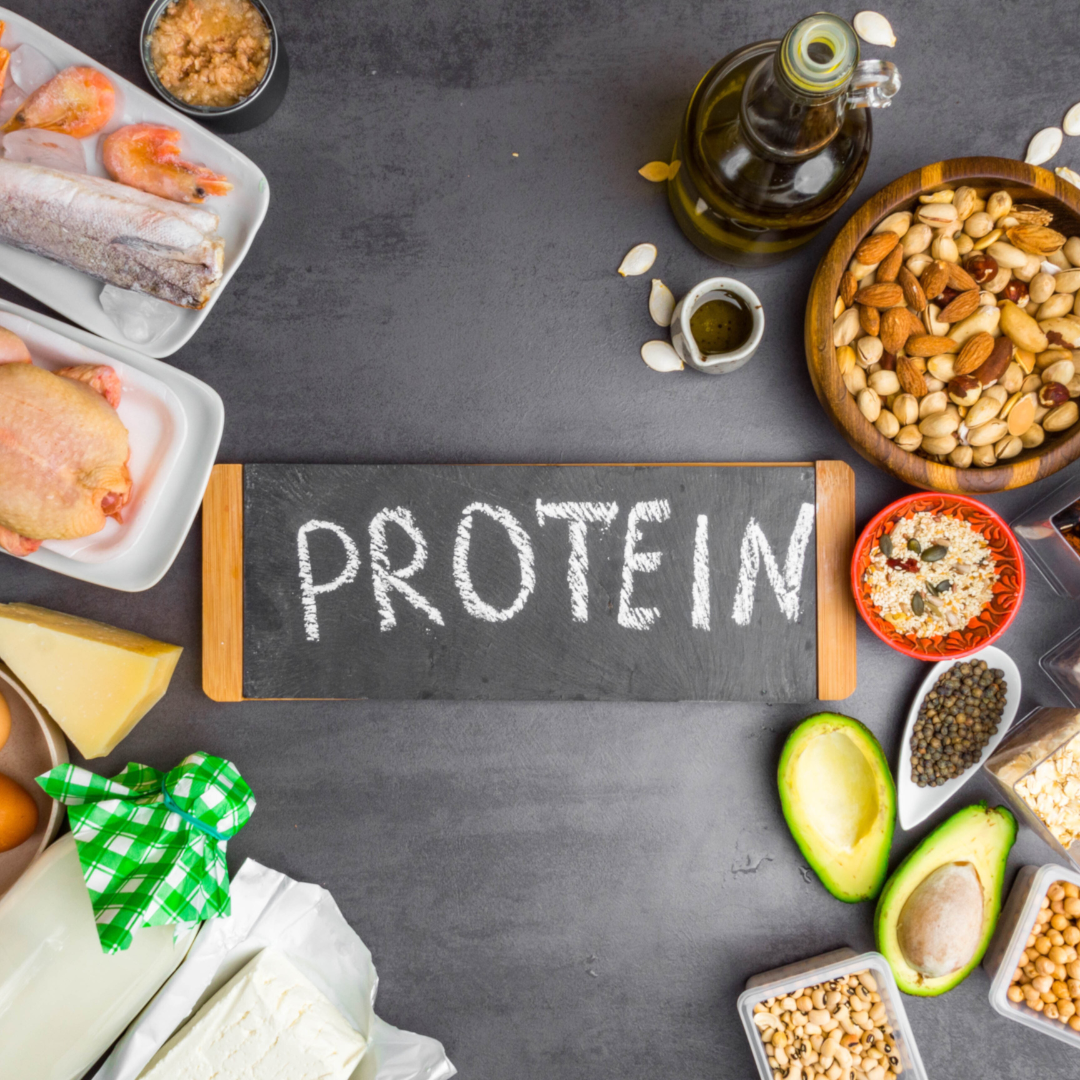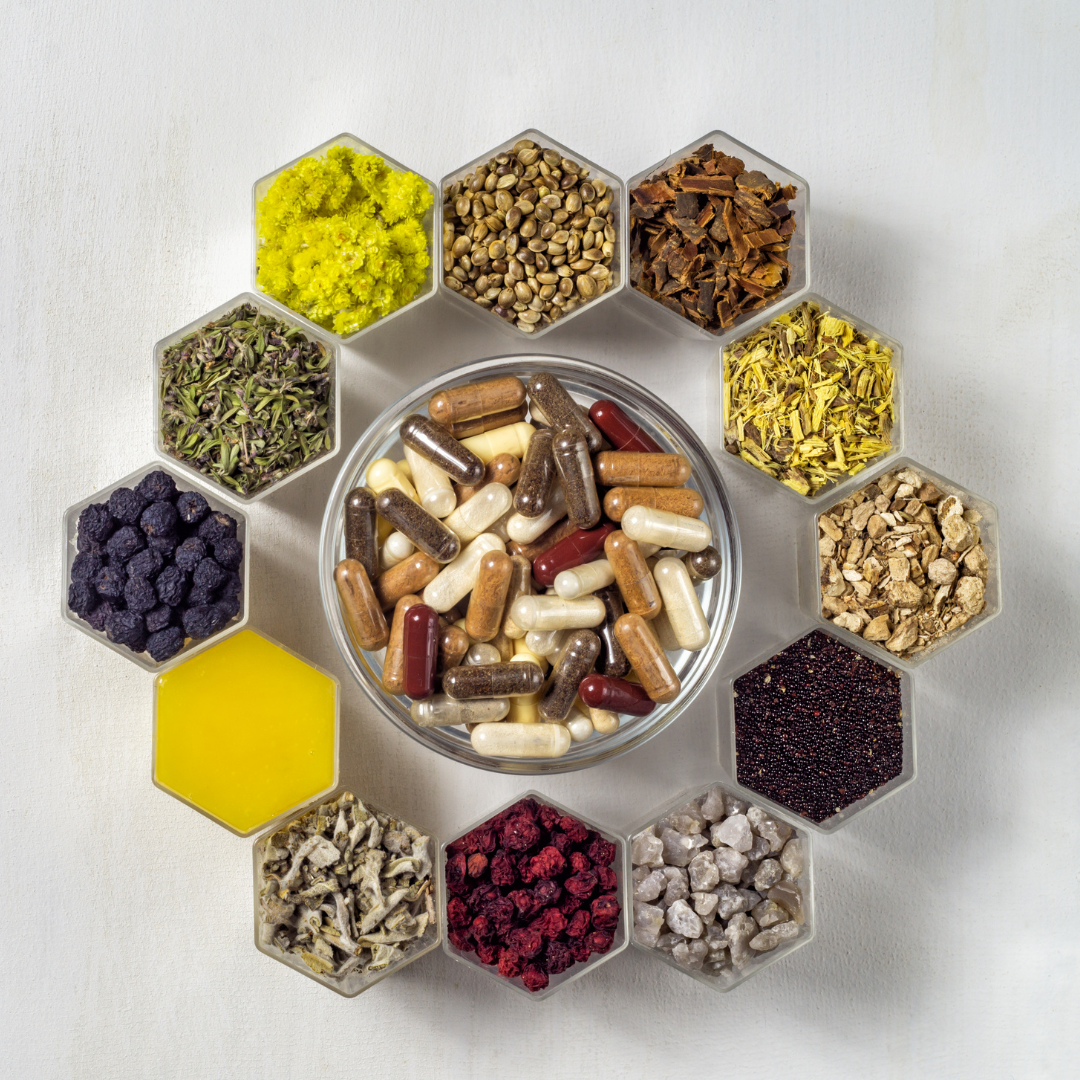
Protein Testing
Dumas Method
Provides Fast, Accurate, and Inexpensive Protein Testing
The Food and Drug Administration (FDA) requires the nutrition facts label on packaged foods ‒ for both human and pet consumption ‒ to provide quantitative protein content based on a given serving size.
The Dumas method provides fast, accurate, and inexpensive protein testing to meet your needs.
CTLA charges $90.00 per sample to determine protein content via the Dumas method using the Association of Official Agricultural Chemists (AOAC) standards, including AOAC 992.15 and AOAC 992.23.
We test and provide quantitative protein content for all food products. A few examples of what CTLA can test using the Dumas method include:
- Whey
- Wheat
- Milk
- Rice
- Corn
- Soybean
- Collagen
Products containing more than 50% fat content should not be analyzed using the Dumas method, given the possibility of fires in the instrument. In such cases, CTLA can help determine other appropriate protein analysis methods, including ultraviolet light spectrometry.
The Mechanics of the Dumas Method

In a given food ‒ dairy, meat, or grain ‒ there is a known linear relationship between the nitrogen and the protein content based on the amino acid composition. The known relationship provides a protein factor based on the sample type and the protein source.
Instead of directly measuring free and bound amino acids in a food sample, the Dumas method measures the total nitrogen content and multiplies it by the associated protein factor to determine the total protein content. Depending on the food sample type, the protein factor is roughly five to seven times the amount of nitrogen, with 6.25 being the most common factor.
The Dumas method incinerates 250mg of a food sample using high-temperature combustion at 950°C (1742°F) with pure oxygen to split the sample into its base components, including water vapor, carbon dioxide, nitrogen, and nitrogen oxides.
Chemical sorbents and thermoelectric coolers remove the sample’s water vapor and carbon dioxide, isolating the nitrogen-containing compounds. The remaining nitrogen compounds are passed through a hot column packed with copper to separate and remove the oxygen molecules to leave pure nitrogen behind.
The isolated nitrogen is quantified using a thermal conductivity detector with helium as a gas carrier. Multiplying the nitrogen quantity by the associated protein factor for the sample type determines the product’s total protein content.
According to the AOAC standards, the Dumas method can be used to determine the total protein content for the FDA-required nutritional label.
Fast and Efficient
Protein analysis using the Dumas method takes roughly four minutes per sample, making it the fastest way to quantify protein content.
In less than a minute of prep time, a sample is weighed into tin cups, wrapped, and placed in our rapid N sampler for analysis using the Dumas method.
With our rapid N sampler, CTLA can process 190 samples a day, with the analyzer able to run unattended during our off-lab hours.
Test with CTLA

CTLA can meet all your food, dietary supplement, and personal product testing needs. We operate with ISO/IEC 17025:2017 certification.
Our Quality Department monitors every sample from start to finish to ensure the highest quality testing. Contact CTLA today to put our services to work for you.
Sources: FDA. “Changes to the Nutrition Facts Label.” Current 3/28/2024. https://www.fda.gov/food/food-labeling-nutrition/changes-nutrition-facts-label







